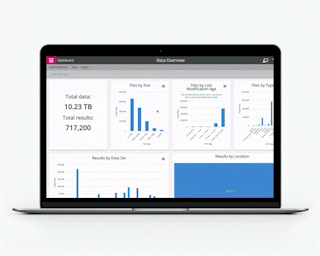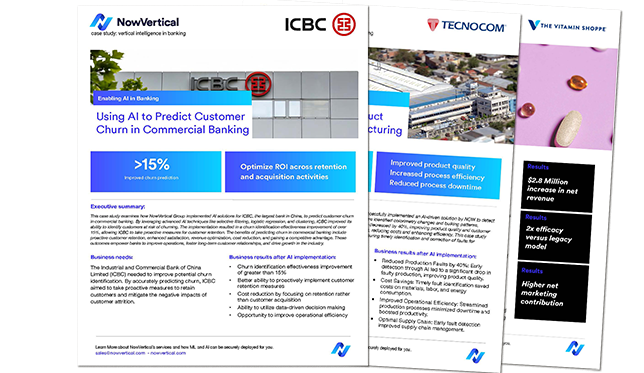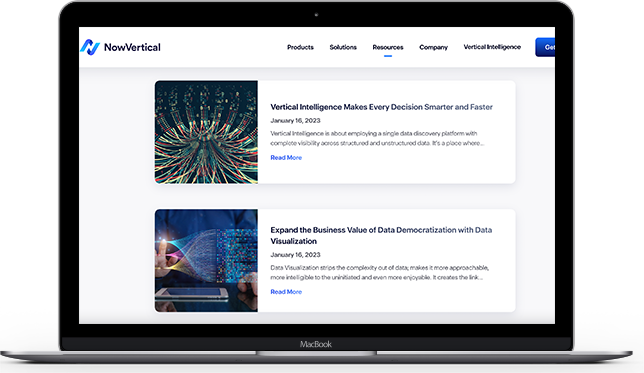September 27, 2022
The words diversity, equity and inclusion are a common sight among PowerPoint presentations shown at quarterly target meetings across the globe. It’s a subject that, despite protests from the fringe, has become a matter of urgency among start-ups.
Especially those looking for VC money, which is practically all of them.
Even Tim Cook, the CEO of Apple has recently decried there is no excuse for the lack of women in the tech sector. As with most aspects of modern business, the question that underlies these hiring decisions is; what’s the data behind it?
Is the diversity issue among corporations really all that it seems to be?
We already know that only 24% of businesses consider themselves a “data-driven organization”. That’s a scary number when you consider the sheer size of global commerce. Almost 3/4 of businesses don’t consider the data they collect daily to be useful or important.
If that’s the case, how can we even be sure that the diversity, equity and inclusion problem is exactly as it seems? How can we solve a problem when we don’t even understand what the problem is? The answer is, of course, that we can’t, but thankfully we have data to help us.
A prime example of how data within your organization is hiding the true nature of the diversity problem, is a recent study out of the United Kingdom. It discovered that white boys from poor backgrounds were the least likely to attend college. In fact, when surveyed, half of all universities in the United Kingdom had less than 5% poor white students.
But wait, how is this possible?
Universities have been pushing hard toward diversity targets for 20+ years. Hundreds if not thousands of charities have granted scholarships to help women and people of color attend university. How did white kids from poor backgrounds slip through the net?
Well, partly, educators are looking at diversity targets then reading the headlines in national newspapers to get a feel for which way the wind is blowing. The result is a 2 + 2 = 5 affair. The media are publicizing findings from the universities and the universities are looking at the wrong data in the first place. It’s become an ouroboros of bad data informing bad data. And it’s not just the education sector, this problem spans multiple industries.
It’s a prime example of what happens when organizations chase headlines instead of looking at the actual data in front of them. Universities had simply eyeballed the campus and followed that up with a rudimentary survey with tick boxes such as ethnicity and gender. It hadn’t occurred to them to delve deeper into the socio-economic background of the students.
The troubling part is the data is most likely there if they had simply looked. When students apply for university, their previous school is listed on the application. Some basic background checks to see which students had come from deprived areas of the U.K. would have thrown this data point into clear view.
Some people might claim there is a grand conspiracy to exclude white males from the education system, but it’s pretty obvious the data was simply excluded from the surveys.
While UCAS (Universities and Colleges Admissions Service) showed that the vast majority of university admissions were from white ethnic backgrounds, this is to be expected because of the proportion of white people in the U.K.
Once data is adjusted for economic background, the figures are abysmal. In fact, the only portion of the population that fared worse than white males from disadvantaged areas was the Traveler community, who historically don’t attend university, anyway.
Obviously, this is an isolated example of how incorrect data can completely skew the outcome of an organization. Question is; is this diversity and inclusion catastrophe in education being mirrored across corporate boardrooms?
“One flaw is not thinking about it from the outset of the company formation, that’s having ripple effects that are now being seen several years later. You’re not seeing movement because it’s not being tracked or monitored — there’s no incentive alignment for someone to improve on the numbers,” said Richard Kerby of Equal Ventures.
The worrying part is that Kirby is speaking only about the lack of diversity in Big Tech and specifically gender and ethnic diversity. Suffice to say that the socio-economic background of employees isn’t even on the radar.
Imagine the volume of talented individuals at the disposal of corporate America that is completely overlooked because they perhaps don’t have the right credentials on their resume. Nevermind, they are qualified, motivated and willing, they simply didn’t have the means to attend university.
Twitter has reported barely 6% of its employees are black and that’s considering the huge amount of resources Twitter puts into diversity and inclusion hiring efforts.
This sea of unseen talent is convenient to overlook until it isn’t.
With the battle for talent in business at an all-time high, where companies must sponsor foreign workers, and literally import them to get the job done, imagine the surprise when they discover hardly any of their white staff grew up in poverty.
Of course, the answer to this is as anodyne as the problem itself.
Organizations need better data. We need to make it our job as stakeholders to truly understand where staff come from. Not just their hometown or where they went to school, we need to understand the true background of our people and only then can we remove some of the stigma that is holding people back. Many of the tech jobs you see posted on Indeed do not require the degree that is being asked for.
Sometimes this barrier is unsurmountable for those who don’t feel they are well educated enough or have a touch of impostor syndrome. In all actuality, there is a gigantic pool of staff waiting to drive your business into the future, but the only way you will find them is by looking.
Incorporating data governance into your hiring plans ensures excellence throughout the entire process. By understanding the people that build your business on a deeper level, you can pick apart the reasons you’re not growing as rapidly as you wished. Once you understand those reasons, you can then mitigate making the same mistake twice.
If we are going to meet our ESG obligations, we need to take a more holistic view of diversity. Effective data governance is a window into the underlying story of your organization.
Within that story are people, within those people are their own stories and some of those stories simply need to be heard.









